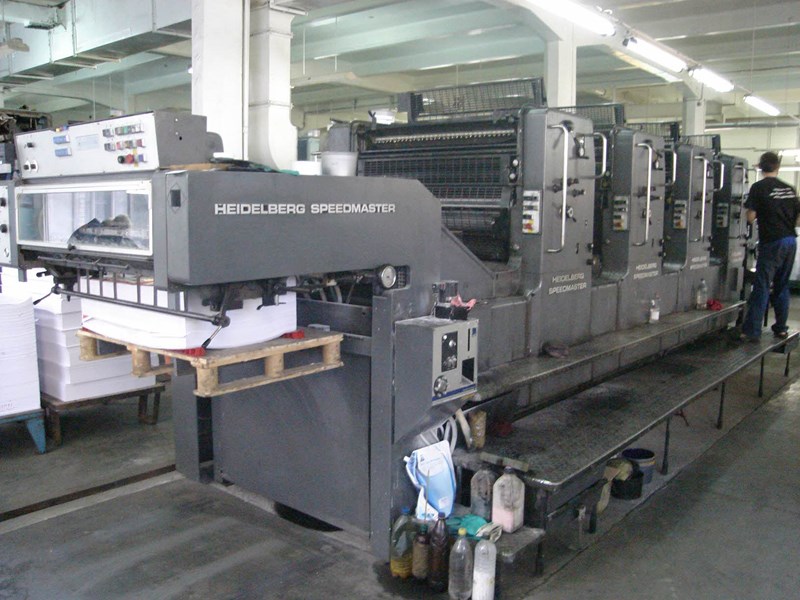In the evolving landscape of publishing, authors are increasingly faced with a pivotal decision: choosing between offset and print on demand (POD) book printing. This choice can significantly influence your book’s journey from manuscript to readers’ hands. Let’s explore the differences in process, cost, lead time, compensation, and convenience between these two printing methods, with a gentle nudge towards why POD might be the superior choice for many contemporary authors.
Process: Traditional Rigor vs. Digital Ease
Offset Printing operates on an age-old mechanism, requiring plates to be made for each page, making it less flexible for updates or corrections once the process starts. It’s best suited for large print runs due to its high setup costs but low per-unit cost thereafter. This method demands a substantial upfront commitment, both financially and in terms of the quantity of books.
Print on Demand, on the other hand, epitomizes modernity and flexibility. Digital files are used to print books as and when orders come in, making it an ideal choice for authors looking for a low-risk entry into the publishing world. This method allows for easy updates to the manuscript and is perfect for authors who wish to test the waters without a hefty initial investment.
Cost: Bulk Investment vs. Pay-as-you-go
With offset printing, the initial cost can be daunting. The production of plates, setup fees, and the requirement to print large quantities to get a reasonable per-unit cost means a significant initial investment. This option might strain the resources of self-publishing authors or those without a guaranteed audience.
Print on Demand shines in its cost-effectiveness for small-scale authors. Without the need for large upfront costs, authors can print books on a per-order basis. This pay-as-you-go model drastically reduces the financial barriers to entry, making it accessible for authors at any stage of their career.
Lead Time: Waiting Game vs. Instant Gratification
Offset printing’s lead time can be extensive, often running into weeks or months, depending on the size of the print run and the printer’s schedule. This longer lead time requires careful planning and can delay the book’s launch to the market.
Conversely, POD offers a quicker turnaround. Books are printed within days of an order being placed, ensuring that your work reaches your audience without unnecessary delay. This swift production cycle is particularly beneficial for authors looking to capitalize on timely topics or market trends.
Compensation: Bulk Profit vs. Steady Earnings
Offset printing may offer higher per-unit profits due to the lower cost per book with large print runs. However, this comes with the caveat of higher initial expenses and the risk of unsold inventory.
Print on Demand might offer lower per-unit profits, but it also comes with minimized risk. Authors can earn steady, albeit potentially smaller, profits without the burden of unsold stock. This model supports a sustainable, long-term income stream, allowing authors to focus on writing rather than inventory management.
Convenience: Storage Hassles vs. Seamless Distribution
The convenience of offset printing is often overshadowed by the logistical challenges it presents, including storage for large quantities of books and the hassle of managing distribution and shipping.
Print on Demand offers unparalleled convenience, with books printed and shipped directly to customers by the service provider. This eliminates the need for personal storage space and streamlines the distribution process, allowing authors to concentrate on their craft and marketing efforts.
Conclusion
While offset printing has its place in the publishing world, especially for established authors with a large following or those needing vast quantities of books, the flexibility, cost-effectiveness, and convenience of Print on Demand make it an attractive option for many authors. Especially for those unlikely to secure a traditional publishing deal, POD provides a viable path to getting your work into the hands of readers with minimal upfront investment, faster turnaround times, and a more manageable risk profile.
In the age of digital convenience and market immediacy, Print on Demand aligns perfectly with the needs of modern authors, allowing them to publish on their own terms. It represents not just a publishing method, but a revolution in accessibility, opening the gates of the literary world to a broader array of voices and stories. Whether you’re a first-time author or a seasoned writer exploring self-publishing avenues, POD offers an empowering solution to bring your literary vision to life.

